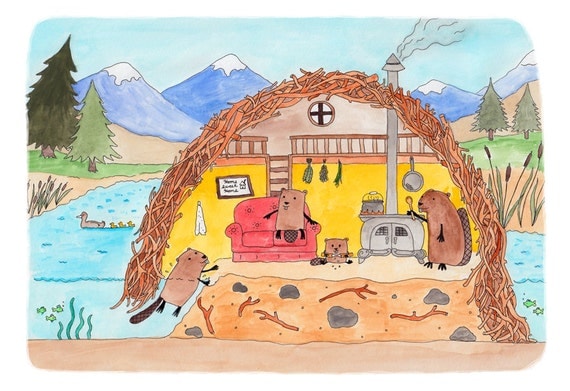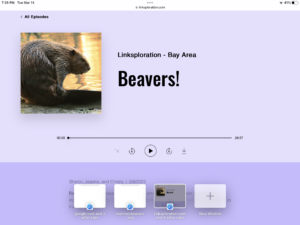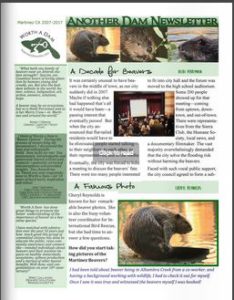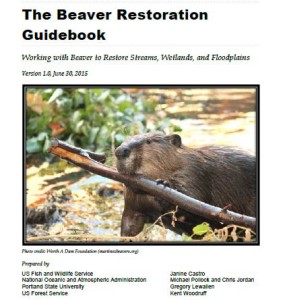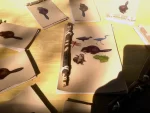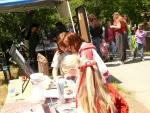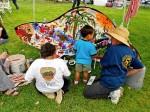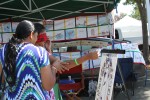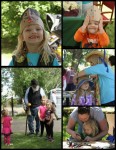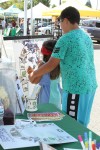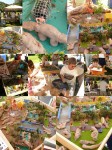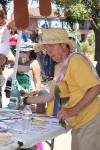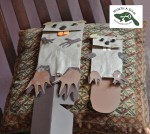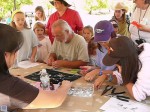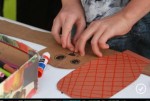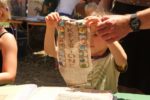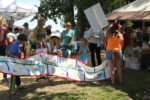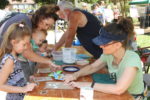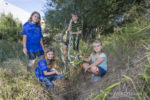Wales is on the beaver Warpath, and something tells me they aren’t giving up on their quest to reintroduce beavers any time soon. When Scotland gave the all clear they were immediately lining up to be next. They will be presenting at the beaver conference next month in Oregon. It’s pretty generous them to all do this separately, so we get to prolong the discussion of beaver benefits as long as possible. After they succumb, we still get all of England to do the promoting! Then what?
Proposals to reintroduce beavers to parts of Wales
A SPECIAL talk is to be held next week over proposals to reintroduce beavers to parts of Wales.
Welsh beaver project officer Alicia Leow-Dyke will be opening up the elusive world of beavers at a free event at the Centre for Alternative Technology on 24 January.
Alicia, of the Radnorshire Wildlife Trust, will talk about beaver ecology, the history and future of beavers in Wales and the impacts that beavers have on ecosystems, looking at how this can benefit many species, including humans.
In a report by the WBAI they said: “Beavers are often considered a ‘keystone’ species in aquatic environments, with an ability to modify riverine and wetland habitats to the benefit of many other species, with few negative effects.”
That sentence makes me excited and nervous in exactly equal measures. Yes, beavers modify rivers and benefit species but oh they bring a few negative effects for humans. Or at lets call them ‘challenges’. Truly solvable and worth doing but unfortunately not all people are up for a challenge. I’ll let them know when I get to meet them (assuming the sled dogs can get us both there). Here they are listed on the agenda for the State of the beaver conference:
| 5:00 pm – 5:45 pm |
“The Long Road: Returning Beavers to Wales.” |
Adrian Lloyd Jones, Wildlife Trusts Wales. Alicia Leow-Dyke, Wildlife Trusts Wales |
Nice photo published this morning from Jestephotography I thought deserved sharing. His description says:
While out at Elk Island National Park this fall I stopped to set up on a family of 5 beavers , mom n pop with 3 offspring doing what beavers do. Most of the time they where at a mid distance but this fellow decided the log right in front of me needed a good chewing. I was belly down in the mud with my lens poking out between the cat tails for this one.

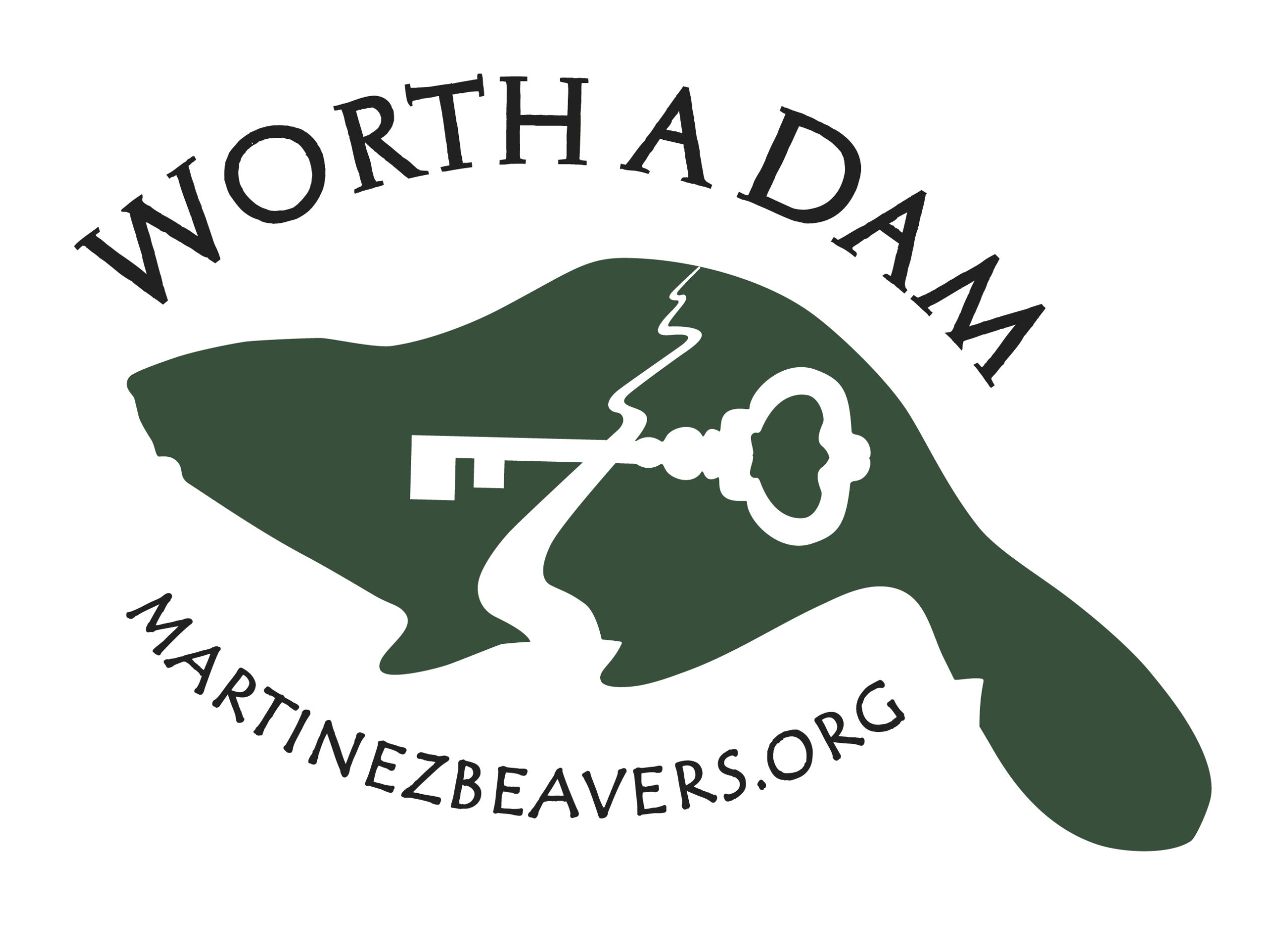










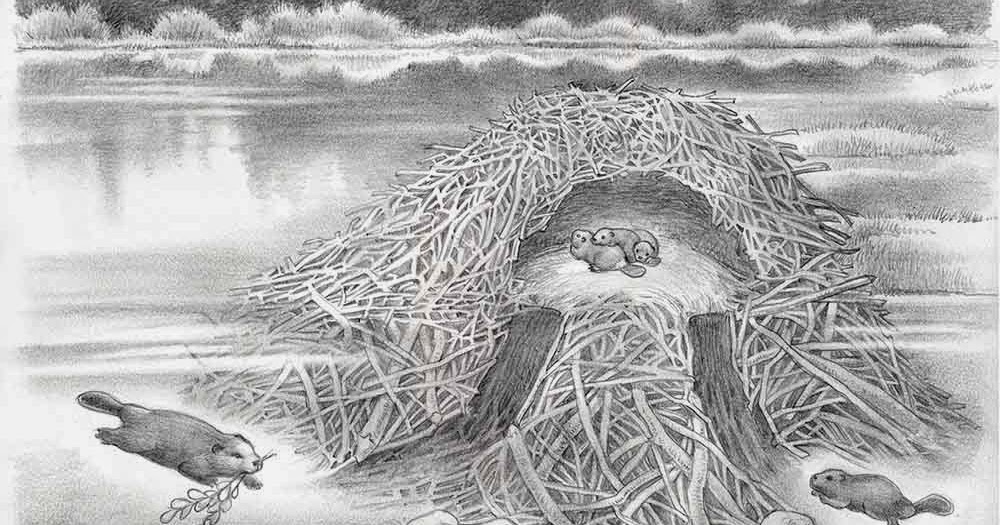 for the finished piece is pretty great. I particularly like the adorable young inhabitants inside. On his website “
for the finished piece is pretty great. I particularly like the adorable young inhabitants inside. On his website “



